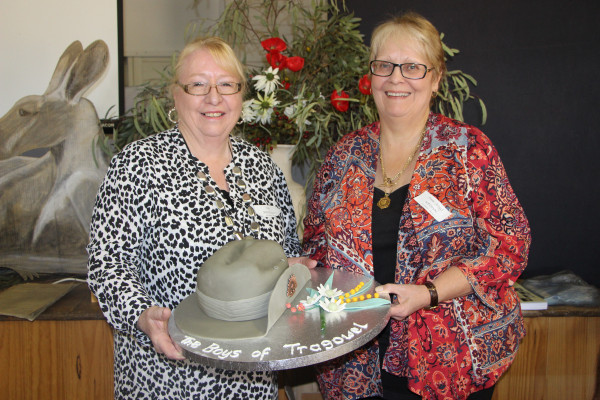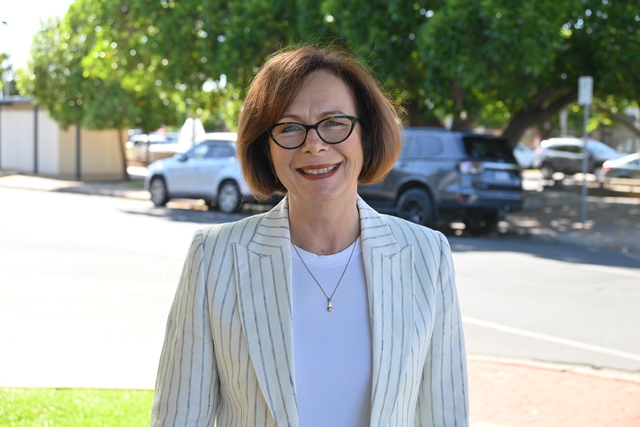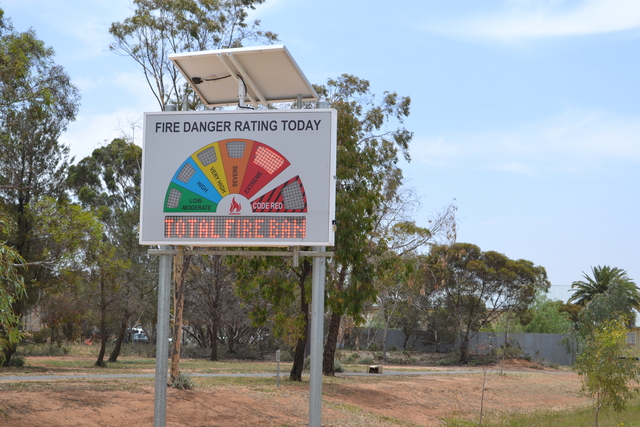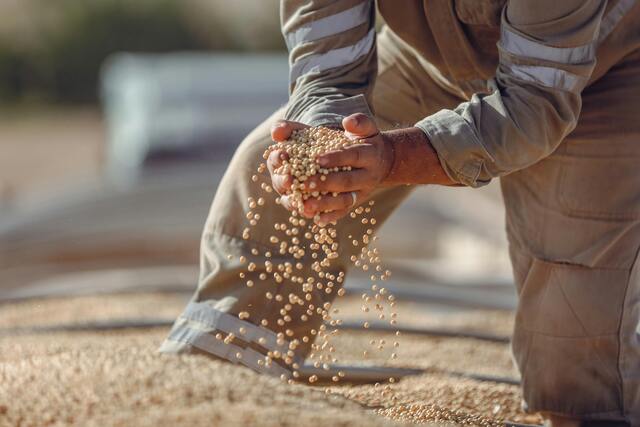
A STORY about two brothers from the Tragowel farming district who enlisted together in the Great War and died eight months apart on the frontline has been recorded in a timely book, launched last weekend.
The Boys of Tragowel features the names, war records, family relations and stories of the 28 district residents named on the World War One honour roll, hung inside the Tragowel Hall.
Launched inside the hall last Sunday by authors Patricia Ibbotson and Pam Keown, whose grandfathers served during the Great War, the 99-page book also details the 11 Tragowel men who were to become members of the 38th Battalion.
“Both our grandfathers, William Mowat and Percy McIvor, respectively, were early settlers in Tragowel. I lived here for 15 years from about 1953 to 1969 and moved away from the district,” Ms Ibbotson said.
“Pam has never lived here, but because both our grandfathers were on the honour board, Pam came to me and she said, ‘you know what we should do, we should write our history’.”
Ms Keown said most of the 38th Battalion soldiers left on HMAT Runic A54, bound for England and eventually Belgium and France, in June 1916. Nine Tragowel boys were aboard, three of them never to return home.
“It was very appropriate that the book is launched just before ANZAC Day this year,” she said.
Ms Keown, who grew up in Lockington and now resides in Bendigo, said the community is lucky to still have an honour roll after hearing about irreplaceable boards being dumped in tips.
Proceeds from the book have enabled the pair to frame 24 photographs of the “boys from Tragowel”.
“That will remain as a permanent exhibition here. So when people look up at the honour roll they can reflect on their youthful appearance, most with bright smiles unaware of what was to unfold,” Ms Ibbotson said.
Miss Keown said the biggest challenge during the meticulous research phase was finding records on the 25 former residents who enlisted.
“They just had a surname and initial for their first name, while with the former residents it was finding the connection to Tragowel full
stop,” she said.
“We eventually found the connections; they either worked on the farm in the district or their fathers worked on the railways.”
Tragowel was named after the Tragowell pastoral run, taken up by Alexander MacCallum in 1845. It lay east of the Loddon River and had numerous streams and swampy depressions. It is thought that the name was derived from an Aboriginal name for one of the swamps.
Ms Ibbotson said the township comprised four railway homes, a railway station, with a population of just 130 people.
She said one of the toughest soldiers to document was William Phillips.
“On his records he had no relations. All that we found was that he died of Lobar Pneumonia in September 1916 at France. He enlisted in Queensland, but was born in Kerang in 1892.”
The duo both agreed that the saddest story to pen was of the McLoughlin brothers, Owen and John. They were the sons of James and Mary McLoughlin. After the death of their father in 1904 in a house fire, they purchased a farm of their own. Both were single and enlisted in 1916. John was killed from a gunshot wound to his neck in February 1917, and Owen died eight months later.
“That story stands out because we had nothing to work with, all we had was a name on a map, but with our research we were able to chase them down,” Ms Ibbotson said.
More than 100 people attended the book launch, with some travelling from Melbourne, Warrnambool and Wangaratta.
“The book has summaries of their war records, because records can be disjointed, some at national archives, some at Red Cross and war graves,” Ms Keown said.







